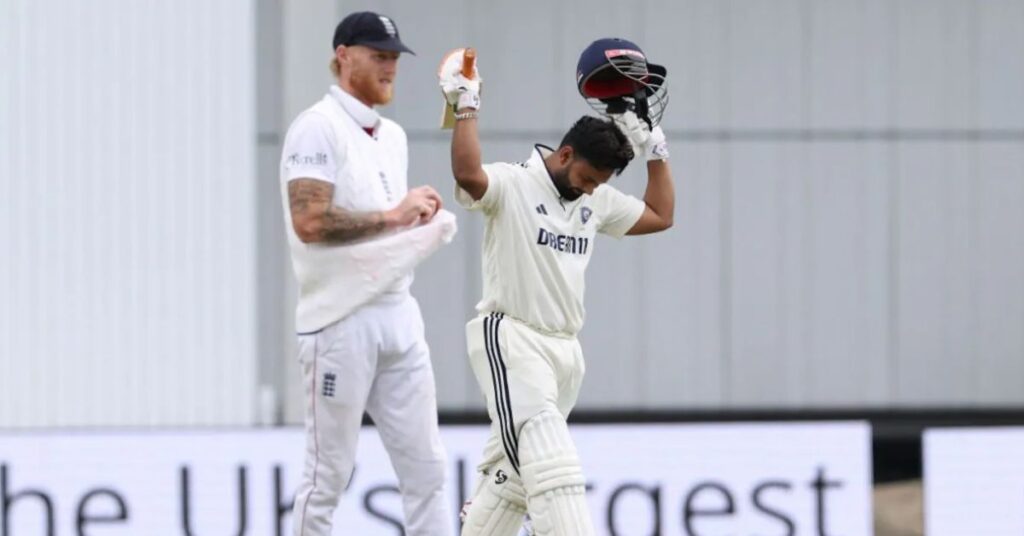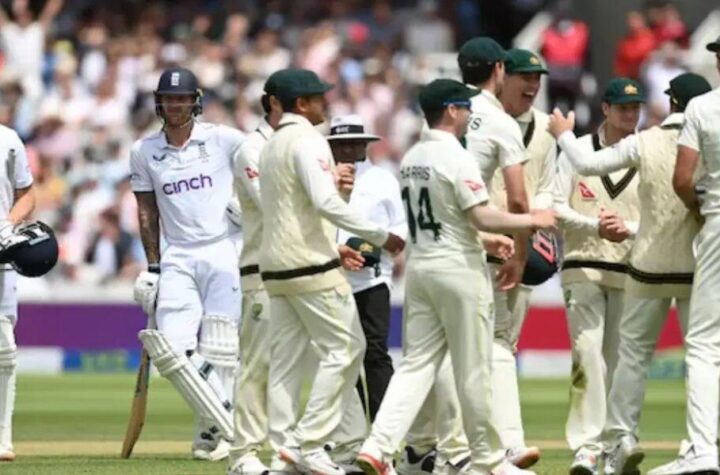
Tea break time in test cricket provides a critical opportunity for rest and team strategy development. Even as climates and cultures vary, this tradition remains part of its charm and significance.
At this interval, players refresh themselves with snacks and beverages that provide balanced nutrition; this is especially important in hot climates where proper hydration is critical to player well-being. Captains take this time to evaluate how the game has gone so far and make any necessary changes.
Tea Break Time In Test Cricket
Rest
Tea breaks in test cricket are a vital component of the game, providing players an opportunity to relax, strategize and recharge their batteries. Breaks typically last two hours after lunch is served back up again; however, this could vary depending on match location and conditions – captains may negotiate to adjust its duration as required with on-field umpires.
Even though T20 and ODI cricket no longer includes tea breaks, the tradition remains an integral component of test cricket’s unique rhythm. Players use this break as an opportunity to refuel with meals tailored specifically to their nutritional needs and the cultural backdrop of their host nation.
Tea breaks in test cricket have become essential parts of its appeal to fans worldwide due to weather delays or other exceptional circumstances, with either shorter breaks or merging them with another interval, like lunch breaks, being reduced or altered as necessary. Also in accordance with Marylebone Cricket Club Law 11.4, an innings break may be accelerated or postponed if a team declares all out or loses a wicket within 10 minutes from when scheduled end-of-innings should come. Thus tea breaks have become integral components of test cricket and have helped expand its appeal worldwide.
Hydration
Test cricket players require rest, food and energy during long, intense days of play; therefore tea breaks–which can last as long as two hours–provide them an ideal chance to do just that. Furthermore, team leaders use these moments of respite from play to revisit strategies and plan ahead for the upcoming session of play.
Hydration is of utmost importance during practice sessions and the snacks and beverages offered at these intervals are designed to aid with this. Tea is one option, while water, sports drinks and energy bars may be provided depending on the location and climate. A team may even offer coconut water or heartier food such as sandwiches to help their players beat the heat.
Tea breaks provide an invaluable glimpse of the many cultures and customs of cricket-playing nations. First introduced in Australia to assist players in resting and drinking fluids during intensely hot conditions, tea breaks have now become an integral part of cricket worldwide. Though originally implemented to assist with player fatigue and rest during hot conditions, their significance now spans the globe and may even change depending on weather or other interruptions to a match; nonetheless these moments of camaraderie and reflection have become hallmarks of cricket, uniting practicality with heritage and tradition in an engaging sport!
Strategy
Tea breaks provide Test cricket players with a much-needed respite, providing time to rest, hydrate and regroup before returning for the last session of play. They are an essential aspect of the game as it allows players to keep mentally fresh for the remaining portion of play and gives them time to assess strategies and plan ahead for what lies ahead in each match.
Timing of tea breaks varies between countries depending on weather conditions and type of Test match (day/night or traditional), but is generally scheduled two hours after lunch and can be adjusted if playing time is lost due to poor light conditions or bad weather.
Tea breaks have long been an integral part of cricket, dating back to when it was predominantly played in England during the 19th century. Not only are tea breaks an invaluable rest period for players bowling or batting for an extended period, they can also create an enjoyable viewing experience as fans can take time out during this break to sip something and discuss their thoughts about the match with fellow spectators.
Test cricket’s tea break is an integral component of its longer formats such as ODIs and T20s that allows players to refocus before heading back out for another session of play – an especially vital benefit given how intense long-distance matches can become with longer durations that could cause players to lose focus without an opportunity for respite from play.
Team bonding
Tea breaks allow teams to exchange strategies and tweak their approaches during matches, as well as socializing and unwinding between games – vital elements in building team spirit. Rahul Dravid often used his break time before and after to form partnerships that ultimately contributed to winning games!
Captains and senior players can use this time to assess game situations and modify strategies accordingly, such as by switching bowlers or batting approaches in response to changing field conditions – something which becomes particularly critical over the course of five days or more of play.
Tea break times reflect the varied cultures and traditions of different cricketing nations. In England, for instance, this period is dedicated to traditional afternoon tea with light snacks; India and Australia provide traditional foods as well as energy foods while Sri Lanka and South Africa may include special beverages like coconut water.
Although a tea break might only seem like a 20-minute interruption, it is an integral component of Test cricket. Players need to rest and recharge between innings in order to maintain focus and energy during the match; fans also take advantage of this time for stretching, socializing with fellow spectators and enjoying their own cup of tea!





More Stories
One-Off Tournaments in Sports: Meaning, Importance & Global Impact
Ishan Kishan – More Than a Dhoni Clone
South Africa National Cricket Team Vs Pakistan National Cricket Team Match Scorecard